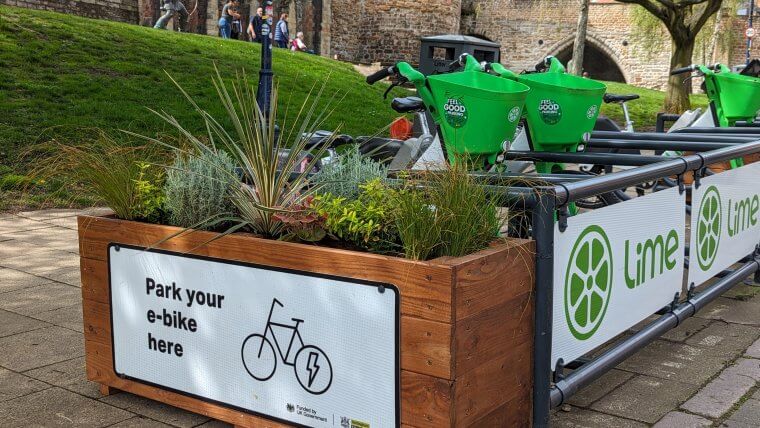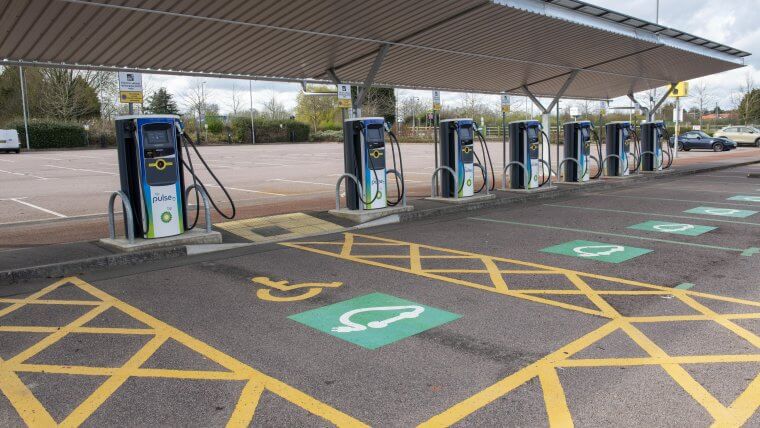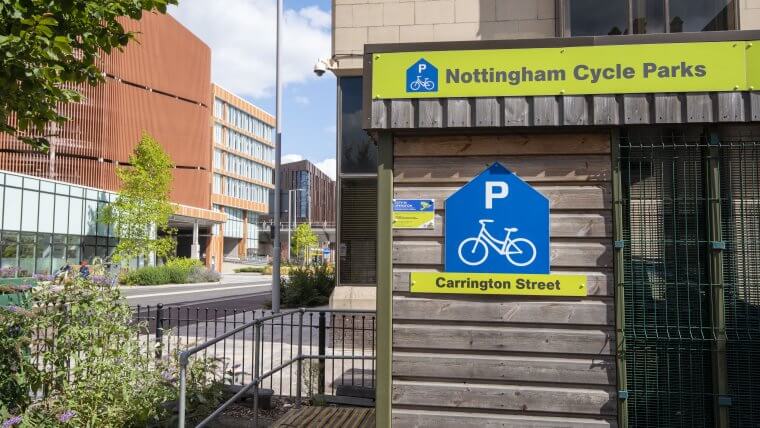12 April
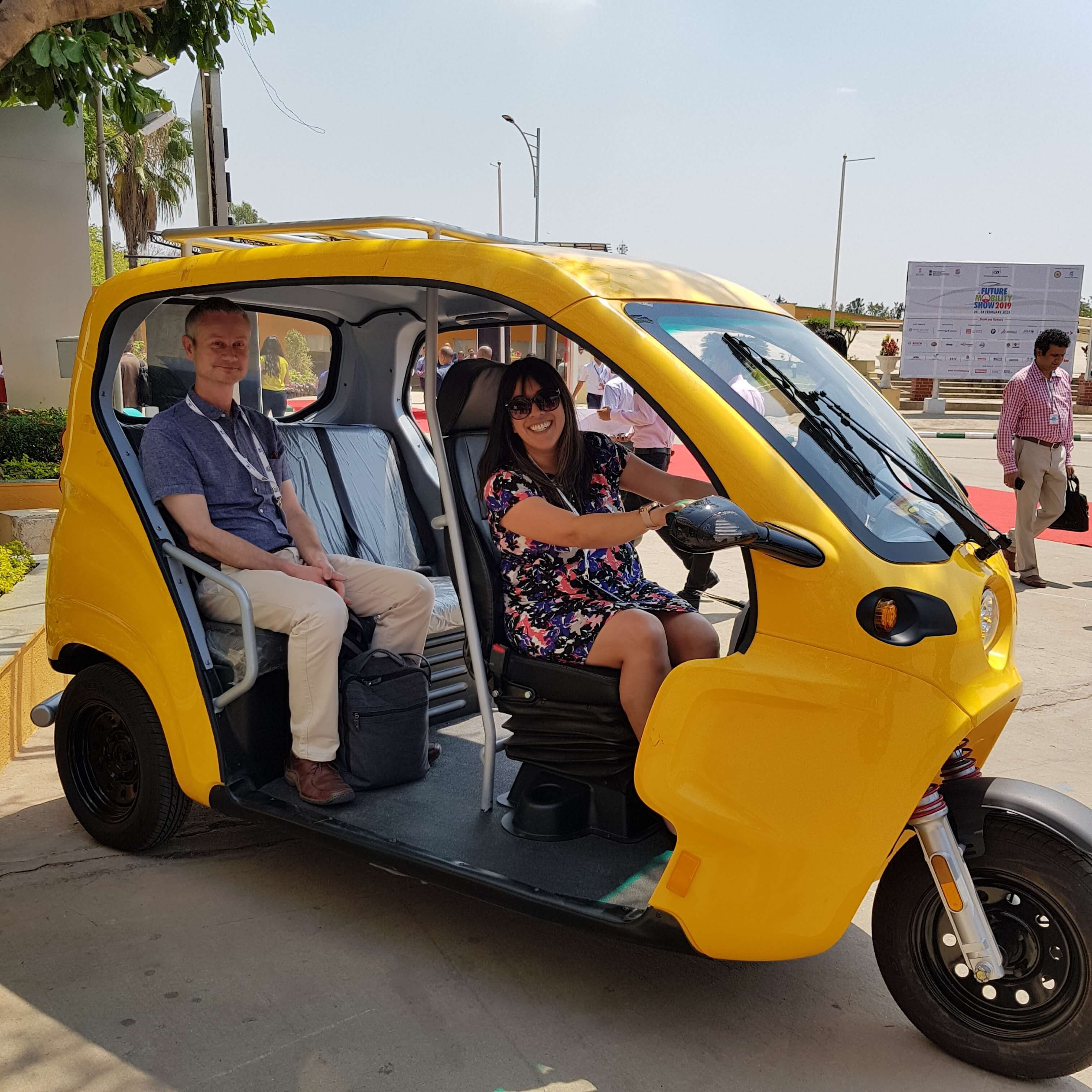
A guest blog from our EV Champion…
I had the pleasure of being invited to India as a member of a UK delegation to discuss our progress and learning from the Go Ultra Low Nottingham programme. I have come away with a whole new understanding of the magnitude of change in India and the pace at which electric mobility is being adopted in the country. It was a fascinating trip and one I hope helps to forge new and long lasting partnerships with our state colleagues in India.
How everything started!
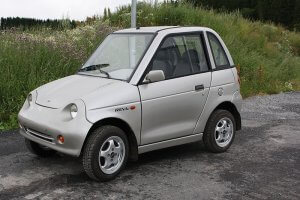
Our trip started in the state of Karnataka – home of the first electric vehicle (EV) manufactured in India, the Revai (G-wiz), now owned by Mahindra Group. We then moved on to the state of Andrah Pradesh, where the world’s first electric mobility city is being built, before finishing our week in Chennai in Tamil Nadu state, home to a number of vehicle manufacturers.
These progressive states have been identified as leading electric mobility adoption, with a clear aim to supporting pure EVs. What was clear when meeting state officials and industry representatives, is that India means business when it comes to setting clear and focused electric mobility ambitions and that they also have the means to achieve them!
Clear focus and approach
Their strategic objectives are similar to ours – improve air quality in cities, support economic growth and deliver sustainable energy security. India is also looking at how they can create the whole EV supply chain through their “Make in India” banner – from R&D, manufacturing, battery production, battery storage, renewables, vehicles and charge points. They no longer want to import oil and see renewables as an area to further maximise. India has 14 of the world’s top 20 most polluted cities, so the sense of urgency was clear.

The Indian vehicle composition is very different to here, with two-wheelers and rickshaws dominating the market. Some two million vehicles are registered each month in one state! We met with various manufacturers and infrastructure providers who have produced market ready electric rickshaws and two-wheelers. Other manufacturers had similar products BUT – with a swappable battery – now that was cool!
What India is doing right!
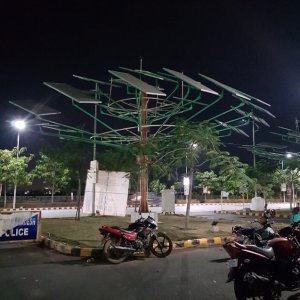
Their target is for all of the national government fleet to be electric by 2030 (some ten million vehicles!) and they have already introduced green number plates – importantly for pure EVs only. Several incentives are on offer to consumers (no road tax/registration fees) and businesses in a drive to encourage inward investment in this sector (no stamp duty/big cash incentives), and they were talking about electrification roadmaps for trains and water transport too.
Charge point rollout is being planned thoughtfully with regard to how the systems could be unified for the benefit of the end user across the whole state. This was so refreshing given the complexities the UK market still faces with a lack of open access. What really struck me was that much of the grid is state owned. Their distribution operators provide various services, they think holistically about where to place charge points and are investigating how they can incentivise people to charge off-peak through smart tariffs. It all seemed very comprehensive and well thought out – as one described it “a whole ecosystem approach”, which was very refreshing.
What surprised me the most!
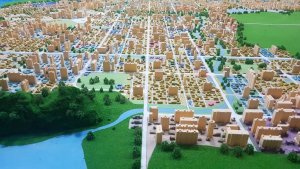
Perhaps the highlight for me was Amaravathi. It’s not every day you get to see the beginnings of a new city! We visited a 220sq km plot of farmland which has been donated by farmers to the state to build a brand new capital city in the state of Andrah Pradesh. The new city will be entirely EV friendly and is in the process of being built from the ground up – work on their government buildings has already begun and it is envisaged that three million people will reside in Amaravathi in the next ten years.
Nottingham pride
I was able to offer our experience and learning on the charge point installations, supporting our businesses and leading the charge with our fleet conversions. The conversations evolved into a wide range of areas with interest in our electric buses, our EV owners’ network and our vehicle to grid demonstration.
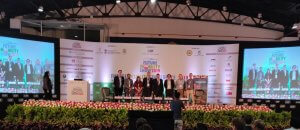
On reflection after returning from my trip, I truly believe there is no other UK local authority doing quite as much as we are on the electric vehicle front. I love the fact that here in Nottingham we have been able to successfully knit together an integrated package of support ranging from EV charge points, support for businesses, the UK’s only ULEV lane, vehicle to grid, electric taxis and of course our own fleet journey (thank goodness we don’t have ten million to convert!). While we were there to share our learning I have come away inspired and with a new found enthusiasm to push on and see what else we can achieve in Nottingham, hopefully taking in a bit of insight from global cities, such as those in India.


